An outdoor handy box is a resilient and adaptable enclosure crafted for the protection of electrical and electronic systems in a variety of outdoor settings. These enclosures are built to endure harsh weather conditions, offering a secure and impermeable shelter for electrical junctions. Outdoor handy boxes, prioritizing endurance and practicality, are indispensable for a broad spectrum of commercial and industrial uses.
Types and Characteristics of Outdoor Handy Boxes
A wide selection of outdoor handy boxes caters to distinct needs and uses. Wall-mounted options are common for their convenient accessibility, while pole-mounted models are well-suited for areas with limited wall space. Certain boxes feature see-through lids for swift inspections without the need to open them, while others have non-transparent covers for enhanced security. The closure systems of these boxes also differ, from screw-on caps to hinged lids, offering varying degrees of ease and protection.
Structure and Operation of Outdoor Handy Boxes
The construction of an outdoor handy box is carefully crafted to deliver peak performance. Typically, a box includes a mounting base, a protective cover, and a gasket to guarantee a hermetic seal. Internally, they are equipped with plates or rails to anchor electrical apparatuses. Certain models boast a modular design, permitting the integration of additional compartments. The collaborative function of these elements ensures the box effectively safeguards electrical setups from environmental and physical harm.
Materials and Properties
Selecting the right materials for an outdoor handy box is pivotal for its longevity and efficacy. Galvanized steel is preferred for its robustness and anti-corrosive qualities, apt for extreme outdoor conditions. Aluminum is valued for being lightweight and resistant to corrosion, making it ideal for damp surroundings. Plastic variants, often composed of superior polymers like polycarbonate, provide excellent insulation and are impervious to rust, a crucial feature for electrical applications. These materials are chosen not just for their durability but also for their capacity to shield internal electrical components from severe temperatures, impacts, and ultraviolet radiation.
Business Usages and Applications
The outdoor handy box is utilized across various business landscapes. In construction, they are vital for enclosing exterior electrical wiring. Telecommunications firms employ them to safeguard communication lines. Within the energy sector, these enclosures are essential for protecting connections in solar arrays. They add business value by ensuring consistent operation through their protective attributes. For example, in outdoor dining areas, they secure the electrical outlets that power lighting, thus enhancing the ambiance without compromising safety or service continuity.
Functions and Tasks
An outdoor handy box fulfills several crucial roles. Its primary purpose is to house electrical connections, offering a centralized hub for wiring and terminals. It also acts as a defensive barrier, shielding against inadvertent contact with live circuits and barring the entry of water, dust, and vermin that could disrupt the electrical network. Moreover, these boxes can accommodate fixtures for devices like switches and circuit breakers, thereby becoming an integral component of the electrical framework.
Distinctive Features and Capabilities
The outdoor handy box is distinguished by its unique features. Some models are equipped with adjustable depth settings to house various electrical devices. Others incorporate cable management systems for orderly wiring. Models with tamper-resistant locks and reinforced structures offer superior security against unauthorized interference, making them the go-to option for sensitive installations.
Benefits and Positive Outcomes
The advantages of employing an outdoor handy box are numerous. They offer a dependable means to avert electrical risks in outdoor areas, thereby bolstering safety. The sturdiness of these boxes leads to cost savings over time, as they necessitate less frequent replacements. By guaranteeing the uninterrupted functionality of electrical systems, they reduce downtime and enhance the productivity of business operations. For users, this translates to confidence in the security of their electrical installations.
How to Use and Operate
Proper utilization of an outdoor handy box commences with correct installation. The box must be firmly affixed to a stable base, and all electrical components should be fitted in accordance with the manufacturer's guidelines and local electrical standards. Routine checks are advised to maintain the seals' integrity and the condition of the internal electrical elements.
How to Choose the Right Outdoor Handy Box
Selecting the appropriate outdoor handy box entails evaluating the environmental conditions, the electrical equipment to be enclosed, and the necessary accessibility. It is crucial to opt for a box that matches the material and rating needed for the specific climate and application. In areas with high foot traffic, a box with sturdy construction and security features is recommended.
How to Clean and Maintain
Upkeep of an outdoor handy box involves periodic cleaning to eliminate detritus and verifying the seal's integrity. Non-abrasive cleaners should be used for cleaning, and any damaged parts must be promptly replaced to preserve the level of protection.
How to Install
The installation of an outdoor handy box should be executed by a certified electrician. This process includes choosing a suitable spot, ensuring the box is even when mounted, and securely making the necessary electrical connections in adherence to electrical norms.
Target Audience and Needs
The intended market for outdoor handy boxes spans a wide array of commercial entities from sectors like hospitality, retail, and industry. These products satisfy the demands of businesses in search of dependable, robust, and secure electrical casings capable of withstanding the demands of outdoor usage.
How does an outdoor handy box ensure safety in electrical installations?
An outdoor handy box guarantees safety in electrical setups by providing a fortified enclosure that shields wires and connections from environmental perils. Its sturdy build and watertight seals prevent the penetration of moisture and particulates, which could lead to electrical shorts or fires. Furthermore, the employment of non-conductive materials such as plastic amplifies safety by diminishing the likelihood of electric shocks.
What are the considerations when choosing an outdoor handy box for a specific environment?
In choosing an outdoor handy box for a particular setting, one must consider several aspects. The box's material should be selected based on the environmental challenges it will encounter, like high moisture levels or corrosive environments. The size and configuration should be apt for the intended purpose, providing ample room for all necessary components while fitting into the allocated space. Adherence to relevant standards and certifications is also vital to ensure the box's safety and dependability.
How can businesses integrate outdoor handy boxes into their existing infrastructure?
Businesses can incorporate outdoor handy boxes into their current infrastructure by evaluating their present and prospective electrical requirements. These enclosures can be affixed to walls, poles, or other structures and connected to existing conduits and wiring using suitable fittings. Consulting with a professional electrician is important to confirm that the installation complies with all local regulations and is conducted safely and efficiently.







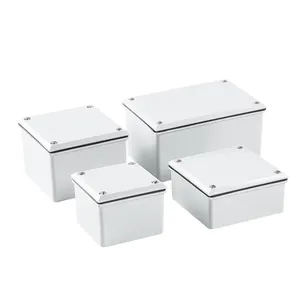




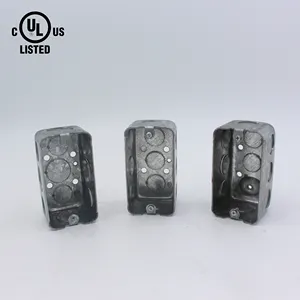








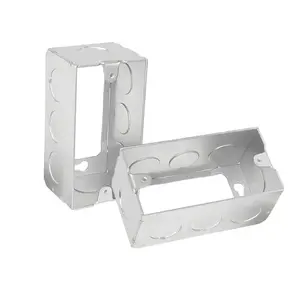

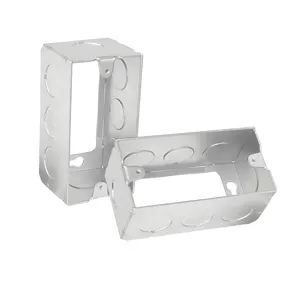
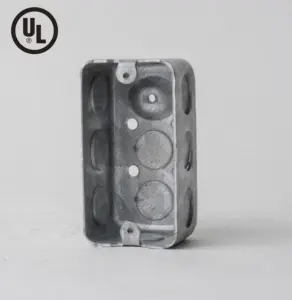
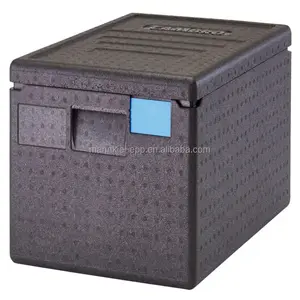



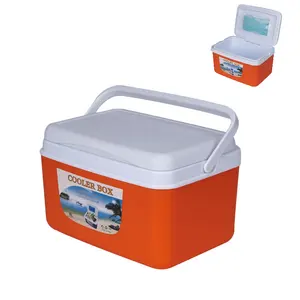
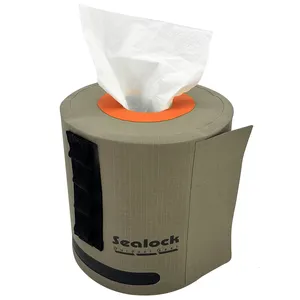
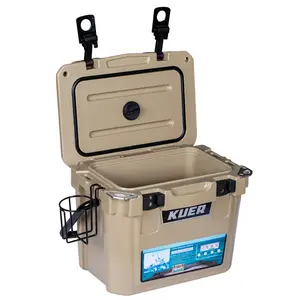

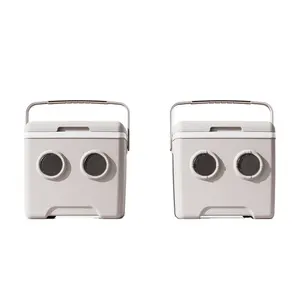


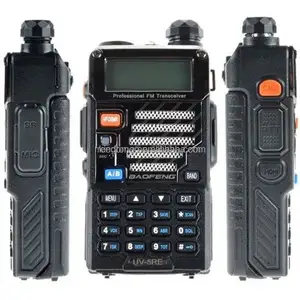




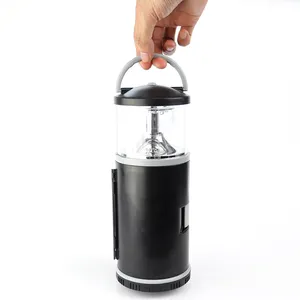





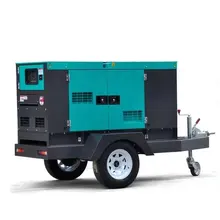
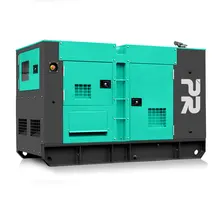

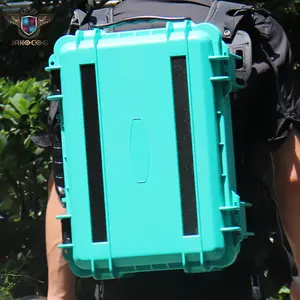





















 浙公网安备 33010002000092号
浙公网安备 33010002000092号 浙B2-20120091-4
浙B2-20120091-4